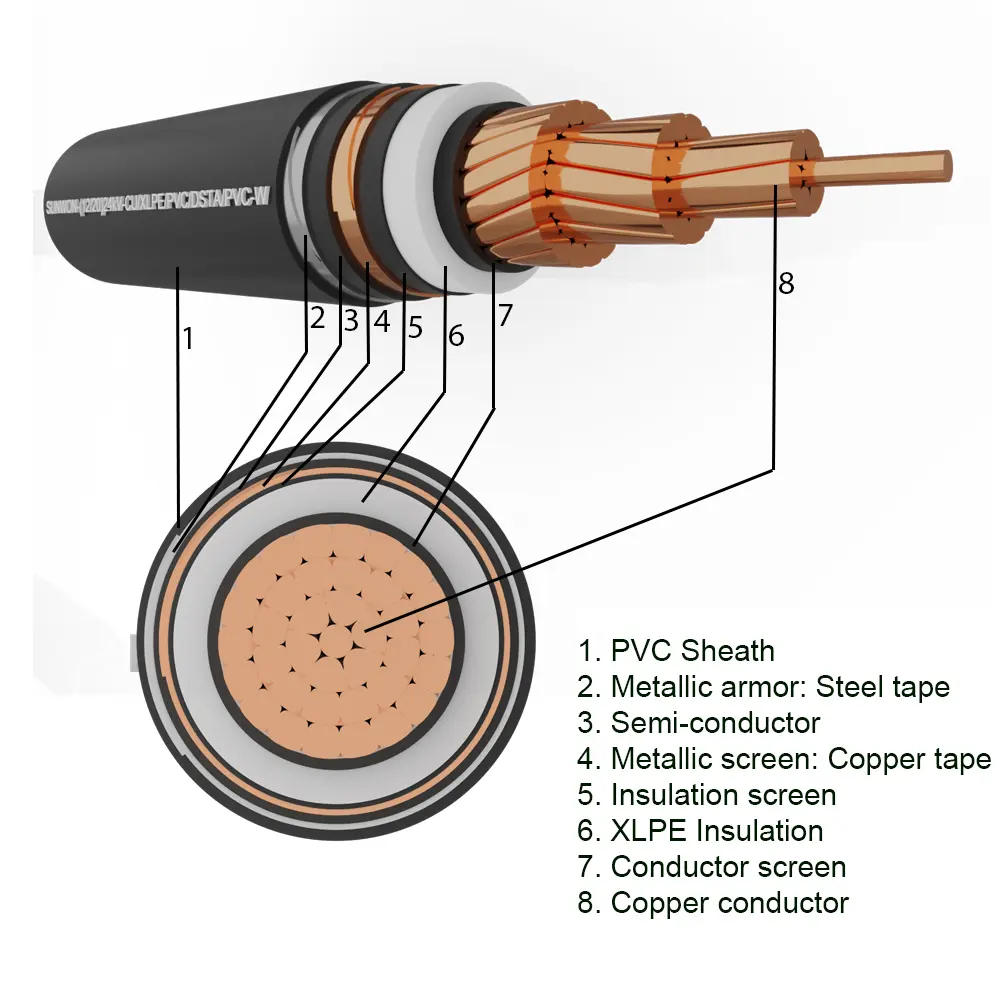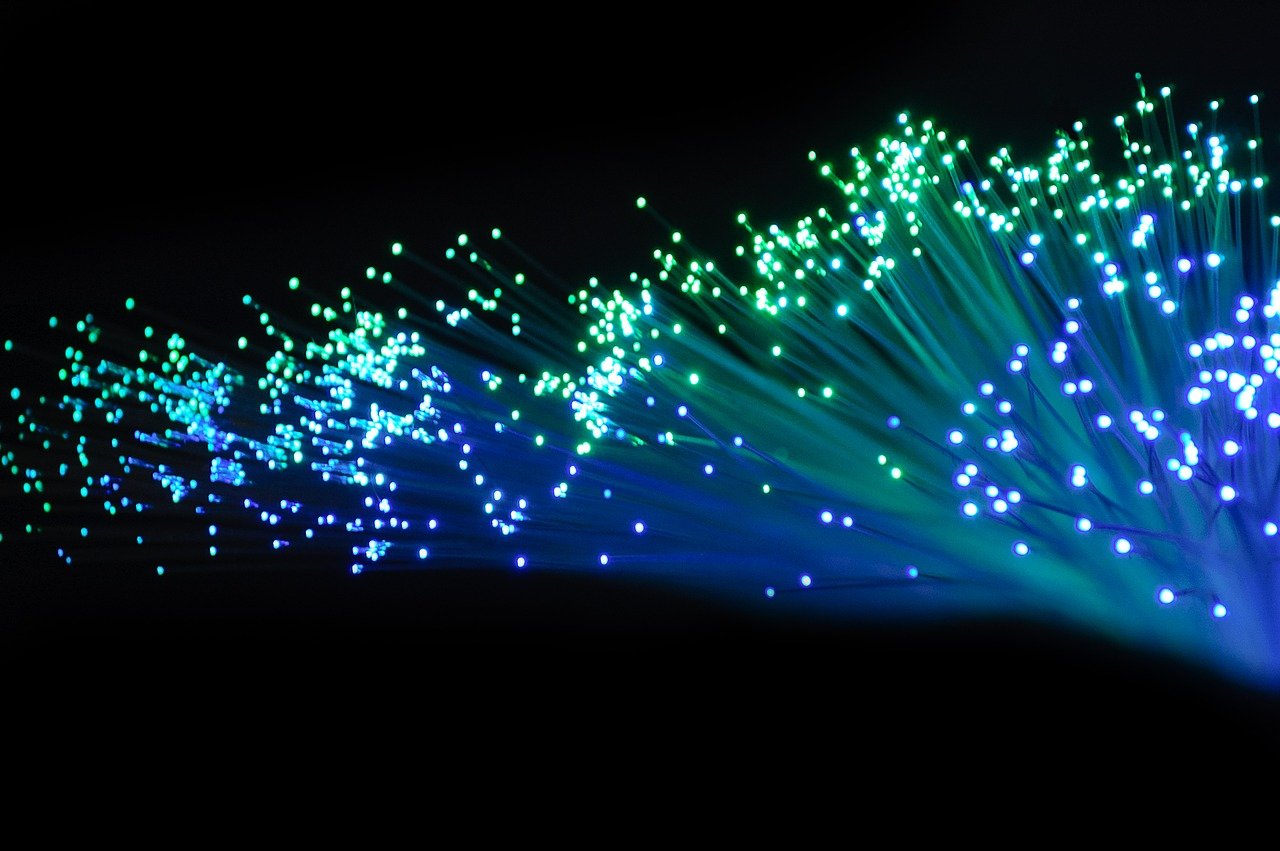Understanding Different Types of Armored Cable for Outdoor Use

Armored Cable Overview
Armored cable, also known as armored wire or armored electrical cable, is a crucial element for outdoor electrical applications. It is specifically designed to provide protection against environmental factors such as moisture, corrosion, and physical damage. This type of cable is well-suited for outdoor use due to its durable construction and ability to withstand harsh conditions. Whether it's for outdoor lighting, underground wiring, or other outdoor electrical needs, armored cable ensures reliable and safe power transmission in various outdoor settings.
Offers protection against environmental factors
Essential for outdoor electrical applications
Provides durability and reliability for outdoor use
Exploring Cable Types
Types of Armored Cable
When it comes to outdoor electrical applications, there are different types of armored cable to consider. Two common types are steel tape armored cable and steel wire armored cable.
Steel Tape Armored Cable: This type of armored cable features a helically wrapped steel tape providing protection and durability. It is well-suited for direct burial in the ground and offers excellent resistance against moisture and physical damage. Steel tape armored cable is often used in outdoor lighting and underground wiring applications due to its robust construction.
Steel Wire Armored Cable: In contrast, steel wire armored cable consists of galvanized steel wires providing enhanced mechanical protection. This type of armored cable is ideal for outdoor installations where additional protection against impact and crushing is required. Its sturdy design makes it suitable for areas where the risk of accidental damage is higher, ensuring reliable power transmission even in demanding outdoor environments.
Benefits of Armored Cable
The advantages of using armored cable in outdoor settings are significant. The durability and reliability of armored cable make it a preferred choice for withstanding the challenges posed by outdoor environments. Armored cables protect against moisture, corrosion, and physical damage, ensuring long-term functionality without compromising safety or performance.
Cable Installation Methods
Proper Installation Techniques
When installing outdoor cable, whether it's steel tape armored cable or steel wire armored cable, it is crucial to follow proper installation techniques to ensure optimal performance and safety in outdoor settings. Here are some key points to consider:
Burying: When burying the armored cable, it is essential to adhere to the recommended depth and cover requirements to protect the cable from potential damage. This method is commonly used for underground wiring applications where the cable needs to be securely placed below the surface.
Conduit Installation: Utilizing conduits provides an added layer of protection for the armored cable. It safeguards the cable from physical impact and environmental elements, making it suitable for various outdoor electrical installations.
It is paramount to strictly adhere to manufacturer guidelines and local electrical codes when carrying out these installation techniques. This ensures that the armored cable connectors are properly secured and shielded from external factors, guaranteeing reliable power transmission in outdoor environments.
Grounding Requirements
Proper grounding is a fundamental aspect of outdoor electrical installations involving armored cables. Grounding ensures safety by minimizing the risk of electrical faults and surges. It also plays a vital role in maintaining the functionality of the outdoor cable by providing a path for excess current in case of a fault.
Adhering to specific grounding requirements outlined by industry standards and local regulations is imperative for safe and effective operation. Proper grounding not only protects against electrical hazards but also contributes to the longevity of armored cable systems in outdoor applications.
Weatherproofing Armored Cable
Protective Measures
When it comes to weatherproofing outdoor cable, using waterproof fittings and enclosures is essential for safeguarding the integrity of the armored wire. Waterproof fittings provide a tight seal around cable connections, preventing moisture from seeping into the system and causing potential damage. Enclosures offer an additional layer of protection, shielding the cable from environmental elements such as rain, snow, and UV exposure.
To further ensure weatherproofing, it's crucial to safeguard cable entry points by sealing them with appropriate materials that can withstand outdoor conditions. This proactive approach helps maintain the long-term functionality of the armored wire in outdoor applications, minimizing the risk of corrosion and deterioration.
Maintenance Tips
Maintaining the weatherproofing of armored cable is paramount for its longevity and performance in outdoor settings. Regular inspections should be conducted to check for any signs of wear, damage, or compromised weatherproofing measures. Any issues identified during inspections should be promptly addressed to prevent further deterioration.
In addition to inspections, periodic upkeep such as cleaning cable connections and applying protective coatings can help preserve the weatherproofing properties of the armored wire. By staying proactive with maintenance efforts, the outdoor cable can continue to deliver reliable performance while withstanding the rigors of outdoor environments.
Armored vs. Non-Armored
Comparison of Cable Types
When comparing armored cable to non-armored cables for outdoor use, it's essential to consider their distinct characteristics and suitability for different applications. Armored cables offer robust protection against environmental factors and physical damage, making them ideal for demanding outdoor environments. In contrast, non-armored cables may be more susceptible to moisture, corrosion, and impact, posing potential risks in outdoor settings.
The decision between the two cable types depends on the specific requirements of the outdoor application. For instance, in areas where the risk of physical damage is high, such as construction sites or industrial facilities, armored cable provides an added layer of security. On the other hand, non-armored cables may suffice for less demanding outdoor installations where exposure to environmental elements is minimal.
Cost and Longevity
In terms of cost-effectiveness and longevity, armored cable proves to be a worthwhile investment for outdoor electrical installations. While the initial cost of armored cable may be higher than non-armored alternatives, its durability and long-term reliability offset the upfront expenses. The extended lifespan of armored cable in outdoor environments reduces the need for frequent replacements or repairs, resulting in cost savings over time.
Investing in armored cable ensures prolonged functionality and protection in challenging outdoor conditions, making it a prudent choice for sustainable and dependable outdoor electrical systems.
Understanding Armored Cable
Importance of Armored Cable
The significance of armored cable in outdoor electrical applications cannot be overstated. Its robust construction and protective features make it an indispensable component for ensuring the durability, safety, and longevity of outdoor electrical systems.
Reliability in Outdoor Environments
The resilience of armored cable enables it to withstand the challenges posed by outdoor conditions, providing a reliable power transmission solution for various outdoor settings. Its ability to resist moisture, corrosion, and physical damage makes it a trusted choice for outdoor electrical installations.
Safety and Longevity
Proper installation and maintenance of armored cable are essential for upholding safety standards and ensuring prolonged functionality in outdoor environments. By adhering to industry guidelines and conducting regular inspections, the integrity and performance of the outdoor cable can be preserved for years to come.
See Also
Advantages of Weatherproof FastConnect Fiber Field Assembly Connector
ADSS Fiber Cable vs. Alternative Cables: Selecting the Best Choice for Long Span Applications
Weather-resistant FTTA Patch Cord: OptiTap's Robust Outdoor Connectivity Solution
Advantages of Weatherproof Fiber Optic Cables: OptiTap MPO Multimode OM3 IP68-rated


